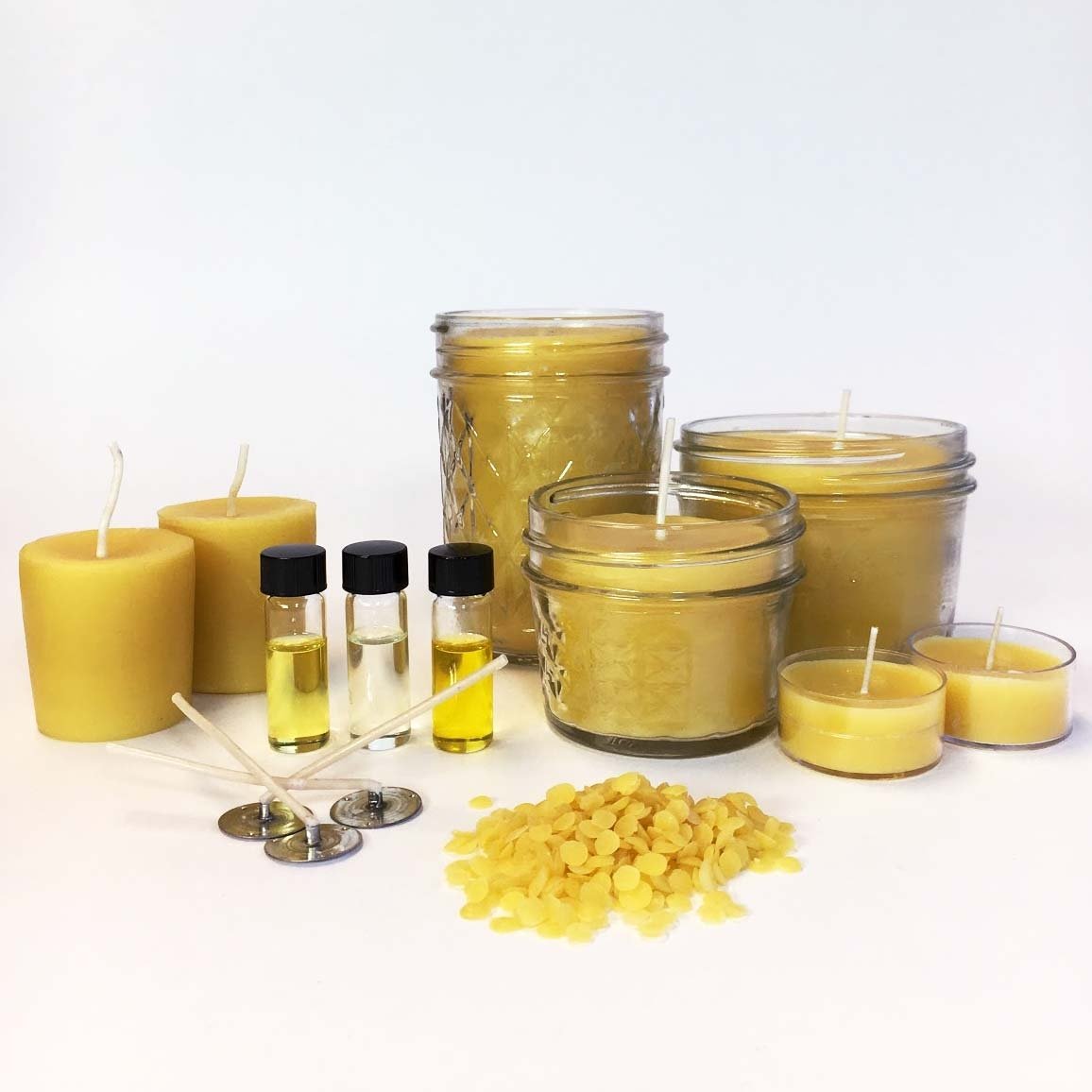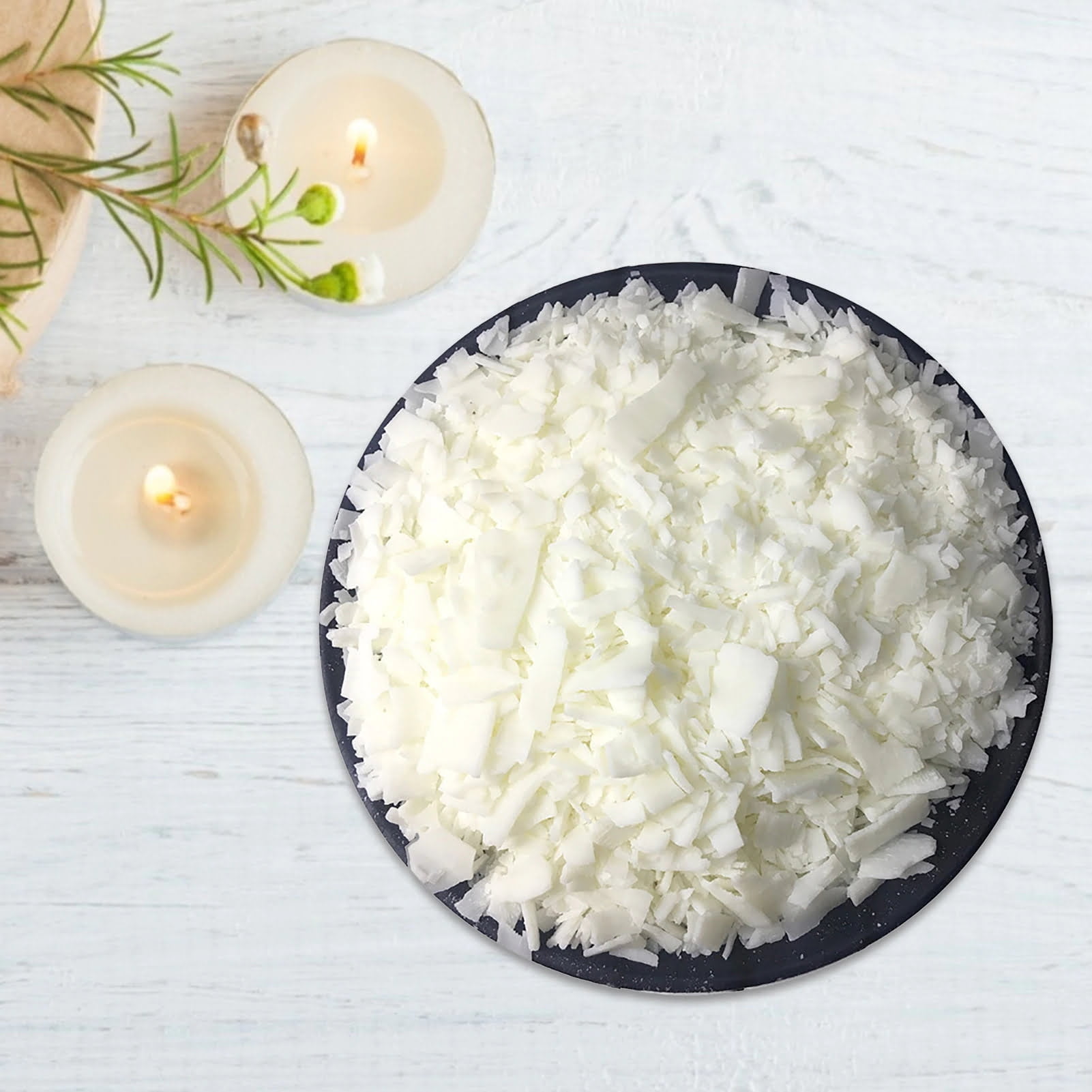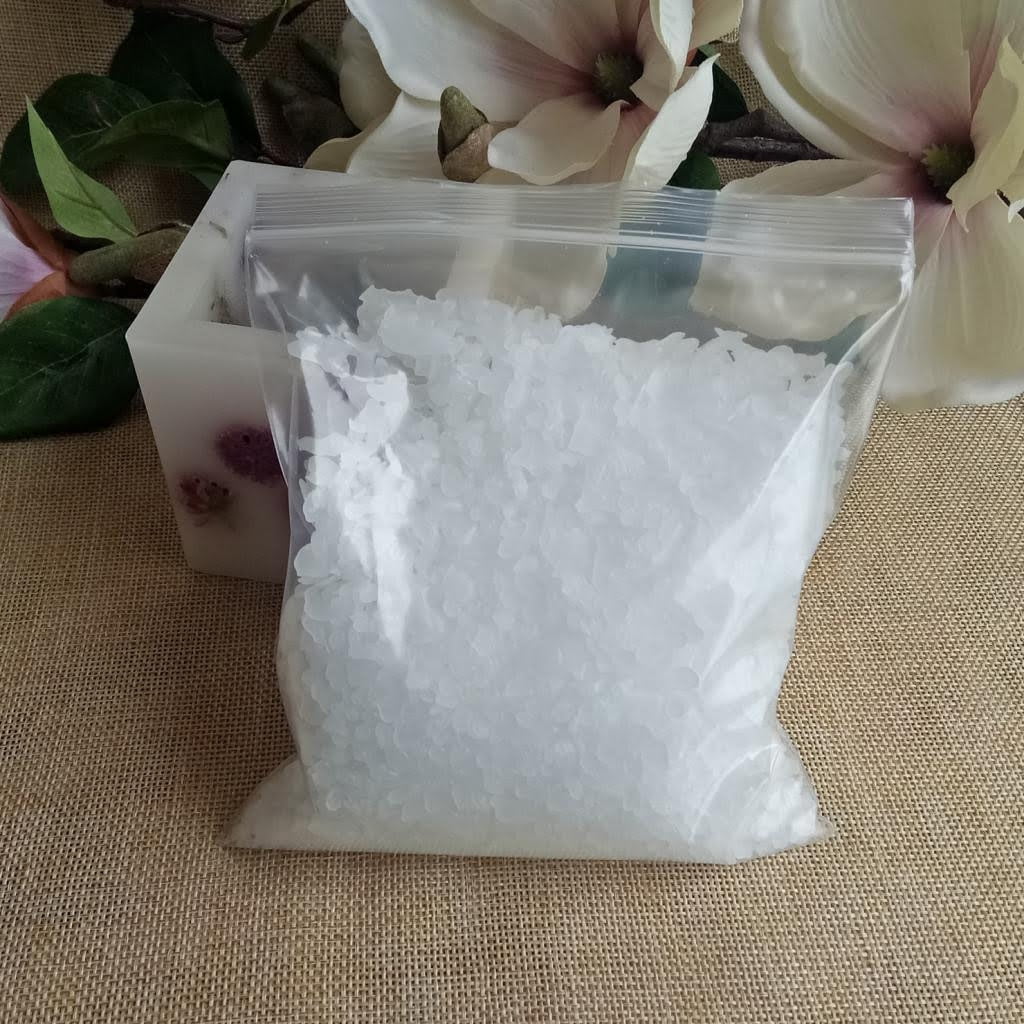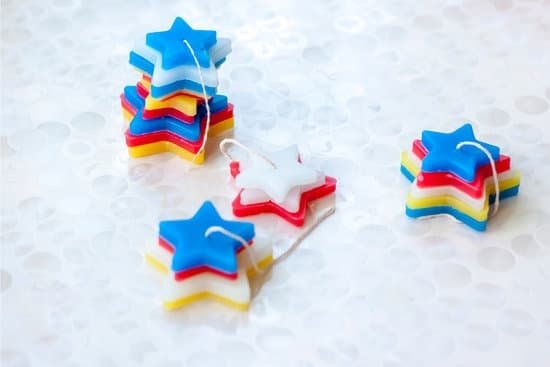Candle making is a beloved craft that has been practiced for centuries. Crafting the perfect candle involves careful consideration of various factors, such as wax varieties, fragrances, and additives. However, one critical aspect that often goes overlooked is the cure time.
In this article, we will delve into the world of candle making and explore the significance of cure time. We will uncover the science behind candle curing and understand how it impacts the quality and performance of candles. Additionally, we will discuss the various factors that affect cure time, including temperature, humidity, and ingredient choices.
Why is cure time so important? Patience truly pays off in candle making. The ideal cure time not only enhances the scent throw but also ensures longevity and overall performance of the candle. It allows for the complete bonding of ingredients, resulting in a more even burn and better diffusion of fragrance oils.
So join us on this journey as we discover the benefits of proper cure time in candle making. Whether you are a novice or an experienced crafter, understanding how to manage cure time efficiently can help you maximize results without compromising quality. Stay tuned to learn more about common mistakes to avoid when it comes to rushing through cure time and addressing some frequently asked questions about this crucial aspect of candle making.
What is Cure Time
Candle curing refers to the process of allowing the candle to fully develop its scent, burn properties, and overall quality. During this time, the candle goes through a chemical transformation that enhances its performance. Understanding the science behind candle curing is essential for any candle maker.
At its core, candle curing involves the evaporation of excess moisture in the wax and the complete bonding of fragrance oils with the wax molecules. When a fresh candle is poured, it contains residual water or solvents from fragrance oils that need to evaporate before achieving optimum burning characteristics. Additionally, fragrance oils need time to properly blend with the liquid wax so that they can release their aroma effectively.
The length of cure time varies depending on several factors such as wax type, fragrance concentration, and even ambient temperature and humidity conditions. As a general rule, most candles require at least 48 hours to cure properly. However, certain types of candles may take several days or even weeks to reach their full potential.
To facilitate the curing process and achieve optimal results, it is recommended to store candles in a cool, dark area away from direct sunlight or drafts. This helps maintain a consistent temperature and minimizes any disturbances that could disrupt the bonding process between ingredients. Additionally, labeling each batch with the date of pouring will help track cure times accurately.
During cure time, it’s important not to disturb or handle candles too much as this can affect their development. By allowing candles sufficient time to cure, you are truly harnessing the power of chemistry to create high-quality candles that deliver superior scent throw and burn longevity. So be patient and embrace this crucial step in achieving exceptional results in your candle making journey.
The Role of Cure Time in Candle Quality
Curing is an essential step in the candle making process that significantly affects the quality of the final product. The cure time refers to the period during which the candle needs to sit undisturbed after it has been poured and cooled. This duration allows for optimal fragrance blending, wax stabilization, and complete curing of the candle. In this section, we will explore why patience pays off when it comes to cure time and how it contributes to superior candle quality.
During cure time, various chemical reactions occur within the candle. The fragrance oils used in candles need time to bind with the wax molecules, leading to a more well-rounded and balanced scent throw. Additionally, allowing the wax to fully stabilize helps prevent issues such as cracking, sinking, or excessive smoking when the candle is burned. If a candle is not properly cured before being used, it may result in poor performance and a disappointing experience for customers.
One of the key benefits of giving candles adequate cure time is improved scent throw. Scent throw refers to how far and strong a candle’s fragrance can be perceived when it is lit. By giving enough time for fragrance oils to disperse evenly throughout the wax, you can maximize its scent throw potential. This is particularly important for scented candles as customers expect a pleasant and noticeable aroma when they burn them.
| Candle Type | Ideal Cure Time (in days) |
|---|---|
| Paraffin Wax Candles | 7-10 |
| Soy Wax Candles | 14-21 |
| Beeswax Candles | 21-28 |
Please note that these cure times are general guidelines, and they can vary based on factors such as fragrance load, additives, and environmental conditions. It is important to conduct test burns to determine the ideal cure time for each specific candle formulation.
By recognizing the role of cure time in candle quality and being patient during this process, candle makers can ensure that their products reach their full potential in terms of scent throw, longevity, and overall performance. Taking the time to properly cure candles is a crucial step towards creating high-quality products that will delight customers.
Factors Affecting Cure Time
The Impact of Temperature on Cure Time
Temperature plays a significant role in the cure time of candles. Generally, higher temperatures lead to faster curing while lower temperatures lengthen the process. When candles are exposed to higher temperatures, the wax molecules break down more easily, allowing for quicker evaporation of excess moisture and better alignment of fragrance molecules. On the other hand, cooler temperatures slow down this process and require more time for the candle to fully cure.
It is essential to consider the ambient temperature when determining the ideal cure time for your candles. If you live in a warmer climate or have a consistently high room temperature, your candles may cure faster than expected. Conversely, colder environments may prolong the curing process.
To achieve consistent results, it is recommended to store candles in a controlled environment between 70-75°F (21-24°C). This will ensure that the candles cure at a steady pace and maintain their desired qualities.
The Influence of Humidity on Cure Time
Humidity levels also affect the cure time of candles. Higher humidity can lead to longer curing times as moisture in the air slows down evaporation processes. Excessive humidity can result in surface imperfections such as frosting or wet spots on finished candles. On the contrary, low humidity speeds up evaporation and can cause candle shrinkage or cracking.
To control humidity levels during candle curing, consider using a dehumidifier in your workspace if you live in an area with high humidity. Additionally, sealing containers or molds with plastic wrap can help create a more controlled environment for curing. By managing humidity levels effectively during the curing process, you can minimize potential issues and promote consistent quality across batches.
The Impact of Ingredient Choices on Cure Time
The choice of ingredients used in candle making can also impact cure time. Different waxes, fragrances, and additives have varying properties that influence how quickly the candles cure. For instance, soy wax generally has a shorter cure time compared to other waxes such as paraffin or beeswax. Fragrance oils with high levels of vanillin can increase cure time due to their tendency to discolor or cause additional chemical reactions.
When selecting ingredients for your candles, it is important to consider their impact on cure time and overall performance. Researching and testing different combinations of waxes, fragrances, and additives will help you determine the ideal cure time for your specific recipe. By understanding how ingredient choices affect the curing process, you can make informed decisions to achieve optimal results in your candle making endeavors.
Determining the Ideal Cure Time for Different Candle Types
When it comes to candle making, the ideal cure time can vary depending on factors such as the type of wax used, the fragrance oils or essential oils added, and any additional additives incorporated into the candle. Each component plays a role in how long it takes for the candle to cure properly.
Wax Varieties
Different types of waxes have different cure times. For example, soy wax typically has a shorter curing period compared to paraffin wax. Soy wax candles may only require a week or two of curing before they are ready to be burned, while paraffin wax candles may need anywhere from one to three weeks or more.
Beeswax candles also have a longer curing time due to their natural properties. It is important to consult the specific instructions provided by the manufacturer of your chosen wax type.
Fragrances
The choice of fragrance oils or essential oils used in candle making can also affect cure time. Some fragrances require a longer curing period than others because they need extra time for the scent to fully develop and blend with the wax.
It is recommended to let candles with complicated or strong scents cure for at least two weeks before testing them. Additionally, some fragrances may cause discoloration over time, which is another factor to consider when determining the ideal cure time.
Additives
Incorporating additives into your candle can impact its curing process. For instance, if you add colorants or special texture-enhancing additives such as botanicals or glitters, it may affect how long it takes for the candle to fully cure and stabilize. It is crucial to read and follow specific instructions regarding additives provided by their manufacturers.
Understanding these considerations will help you determine the ideal cure time for your specific candle type, resulting in a well-cured and high-quality final product. It is important to remember that patience is key in the candle making process, as rushing through cure time can result in subpar candles that do not burn evenly or produce optimal scent throw.
The Benefits of Proper Cure Time
Proper cure time in candle making is crucial for achieving the desired scent throw, longevity, and overall performance of the finished product. While it may be tempting to skip this step and use the candles immediately after they solidify, allowing them to cure for a certain period of time can significantly enhance their quality and performance.
One of the main benefits of proper cure time is improved scent throw. When a candle cures, its fragrance oils blend with the wax more effectively, resulting in a stronger and more consistent scent release when the candle is lit.
The curing process allows the fragrance to fully disperse throughout the entire candle, ensuring that each burn will yield a pleasant and noticeable aroma. This is especially important for scented candles, as their primary purpose is to fill the air with delightful fragrances.
In addition to enhancing scent throw, proper cure time also contributes to the longevity of a candle. Candles that have been cured for an appropriate period of time tend to burn more slowly and evenly compared to those that have not been cured or have been rushed through the curing process. This means that properly cured candles will last longer, allowing users to enjoy them for an extended period before needing replacement.
Overall performance is another aspect that can be greatly improved by allowing candles to cure properly. During the curing phase, any excess moisture in the wax evaporates, resulting in a more stable and reliable burn.
Candles that have not undergone sufficient cure time may exhibit issues such as tunneling (leaving excessive amounts of wax along the sides), uneven burning, or poor flame quality. By patiently waiting for the recommended cure time, these performance issues can be minimized or even eliminated entirely.
| Benefit | Description |
|---|---|
| Enhanced Scent Throw | Proper cure time allows fragrance oils to blend effectively with the wax, resulting in a stronger and more consistent scent release when the candle is lit. |
| Improved Longevity | Candles that have been cured for an appropriate period of time burn slower and more evenly, increasing their lifespan. |
| Enhanced Overall Performance | Cure time reduces excess moisture in the wax, resulting in a more stable and reliable burn with minimized performance issues. |
Tips and Tricks for Efficiently Managing Cure Time
Efficiently managing cure time is crucial in candle making as it allows you to maximize results without compromising on the quality of your finished product. Here are some tips and tricks to help you effectively manage the cure time of your candles:
- Properly cool and store your candles: After pouring and shaping your candles, it is important to allow them to cool at room temperature undisturbed. This will help prevent any cracking or uneven curing. Once cooled, store the candles in a cool, dry place away from direct sunlight or extreme temperatures for the recommended cure time.
- Rotate and flip the candles: To ensure even curing, periodically rotate and flip your candles during the cure time. This will help distribute any fragrance or additives evenly throughout the wax, resulting in a consistent scent throw and appearance.
- Keep track of cure times: Different types of waxes, fragrances, and additives may require different cure times. It is essential to keep track of each candle’s specific recommended cure time so that you can accurately determine when they are ready for use or sale.
- Use a curing rack: Investing in a curing rack can be beneficial in efficiently managing the cure time of multiple candles at once. A curing rack allows optimal air circulation around each candle, expediting the curing process without compromising quality.
- Patience is key: While it may be enticing to test your freshly made candles immediately after pouring, it is important to exercise patience and wait for the recommended cure time. Rushing the process can lead to subpar scent throw, poor burn performance, or uneven cooling.
Efficiently managing cure time in candle making requires attention to detail and patience. By following these tips and tricks, you can maximize results without compromising on quality, ensuring that your finished candles perform their best and delight customers with their beautiful scents and long-lasting burn times.
Common Mistakes to Avoid
Rushing the cure time of candles is a common mistake that many candle makers make, and it can have negative consequences on the final product. While it can be tempting to try and speed up the curing process to get your candles ready for sale or use, it’s important to understand the impact that rushing can have.
One consequence of rushing cure time is poor scent throw. Scent throw refers to how well a candle releases its fragrance when lit. When a candle hasn’t fully cured, it may not release its fragrance as strongly or as evenly as it should. This can lead to disappointed customers who are expecting a strong and consistent scent experience.
Another consequence of rushing cure time is decreased burn time. Curing allows the wax to fully harden and stabilize, which in turn allows the candle to burn more slowly and evenly. If a candle hasn’t had sufficient time to cure, it may burn too quickly, resulting in shorter burn times for your customers.
In addition to these consequences, rushing cure time can also affect the overall appearance of your candles. Uneven texture, sinkholes, and frosting are all potential issues that can arise from not allowing enough time for the wax to fully set and solidify.
To avoid these negative consequences, it’s important to exercise patience and allow your candles ample time to properly cure. This typically ranges from one week to several weeks depending on factors such as wax variety, fragrance load, and additives used. By following recommended cure times for your specific candle recipe, you’ll ensure that your candles perform at their best and deliver a high-quality experience for your customers.
FAQs about Cure Time in Candle Making
Cure time is a crucial aspect of candle making that often raises several questions and concerns for beginners and experienced candle makers alike. In this section, we will address some common FAQs related to cure time in candle making to provide clarity and guidance.
- How long does it take for candles to cure?
- Why is cure time important?
- Can I use my candles before they have fully cured?
The duration of cure time can vary depending on several factors, including the type of wax used, the fragrance or additives incorporated, and environmental conditions. Generally, most candles require a minimum cure time of 24-48 hours before they are ready to burn.
However, some complex fragrances or certain types of wax may require longer cure times of up to two weeks for optimal performance. It is recommended to consult the specific instructions provided by your wax manufacturer or fragrance supplier for accurate curing guidelines.
Cure time plays a crucial role in achieving high-quality candles with excellent scent throw, longevity, and overall performance. During the curing process, the molecules within the wax and fragrance blend undergo chemical reactions that contribute to better scent distribution and strength. Additionally, proper cure time allows the candle’s structure to stabilize fully, reducing issues such as cracking, frosting, or tunneling during burning.
While it may be tempting to test your newly made candles immediately after pouring them, it is essential to exercise patience and allow them sufficient cure time. Burning a candle prematurely can result in poor scent throw and uneven burning due to insufficient fragrance diffusion and incomplete stabilization of the wax structure. To ensure consistent quality and optimal performance, it is best to wait until your candles have completed their recommended cure time before lighting them.
Addressing these common queries about cure time in candle making can help novice candle makers understand its significance and make informed decisions throughout their creative process. Remember that each candle may have individual requirements based on its unique characteristics; therefore, it is essential always to follow the specific guidelines provided by your wax and fragrance suppliers for achieving the best results.
Conclusion
In conclusion, the art of candle making is a process that requires patience and care. Understanding the importance of cure time is essential in producing high-quality candles with excellent scent throw, longevity, and overall performance. The science behind candle curing reveals how temperature, humidity, and ingredient choices can influence the cure time.
By determining the ideal cure time for different candle types based on wax varieties, fragrances, and additives, candle makers can maximize the benefits of proper cure time. This includes enhancing scent throw to create a more captivating atmosphere and ensuring that the candles burn evenly and last longer.
Efficiently managing cure time is key to achieving optimal results without compromising quality. Following tips and tricks such as properly monitoring temperature and humidity levels, using suitable containers for curing, and allowing ample time for each stage of the process can help candle makers achieve their desired outcomes.
At the same time, it is important to avoid common mistakes such as rushing cure time. Patience pays off in this art form, as cutting corners can lead to consequences such as poor scent throw or uneven burning.
Addressing frequently asked questions about cure time in candle making can help clarify any doubts or concerns that beginners may have. Providing guidance on topics like the appropriate length of cure time for different types of candles or how to speed up or slow down the curing process can further empower aspiring candle makers.
Frequently Asked Questions
How long should I let my candles cure?
The recommended time for letting candles cure can vary depending on the type of wax used and individual preferences. However, generally speaking, it is advisable to let candles cure for at least 48 hours before burning them. This curing period allows the wax and fragrance oils to fully bond together, resulting in a more consistent and even burn when the candle is lit.
Additionally, curing helps enhance the scent throw of the candle, allowing the fragrance to develop fully over time. While some people may choose to cure their candles for longer periods such as a week or two, it is important to find a balance that works best for you in terms of achieving the desired scent strength and overall quality.
Should candles be cured?
Curing candles is often recommended by experienced candle makers as it can greatly improve their performance and fragrance throw. During the curing process, the wax and fragrance oils have time to blend together properly, resulting in a more harmonious scent when the candle is burned.
Without proper curing, there is a higher chance of experiencing issues like poor scent diffusion or uneven burning. Therefore, dedicating some time to allowing your candles to cure before lighting them can significantly enhance their overall quality and enjoyment.
How many days do soy candles need to cure?
Soy candles typically require a curing period of about one to two weeks before they reach their optimal fragrance strength and burn characteristics. Soy wax has a natural tendency to absorb larger amounts of fragrance oils compared to other types of wax, which means that ample curing time is crucial for achieving an appealing scent throw.
During this period, the soy wax undergoes a process called “full bloom,” where its composition stabilizes and maximizes its fragrance capability. By allowing soy candles sufficient time to cure, you can ensure that they release their aromas effectively when lit and deliver a pleasurable sensory experience throughout their burning life.

Welcome to my candle making blog! In this blog, I will be sharing my tips and tricks for making candles. I will also be sharing some of my favorite recipes.





